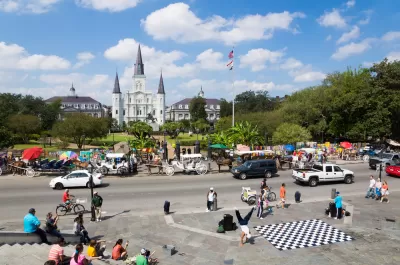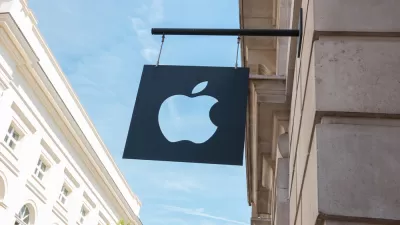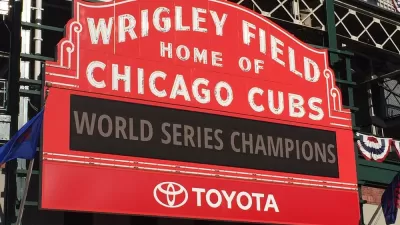Digital connection is no substitute for the vitality and community created by open, pleasant public squares and plazas.

According to an article by Alan Ehrenhalt in Governing, the importance of public plazas as centers for social life, from ancient Mesopotamia to Portland, Oregon, is “impossible to dispute.” Yet, despite the continued popularity of places like Manhattan’s Washington Square, Jackson Square in New Orleans, or Philadelphia’s Rittenhouse Square, “We sometimes forget the importance of central squares in even the largest American cities.”
Ehrenhalt mentions several ambitious projects planned in small towns that hope to reinvigorate their stagnant public squares, such as a $100 million town square in Xenia, Ohio, whose original square was destroyed by a tornado. Ehrenhalt admits that projects like this may not go as planned, “But the mere fact that [they are] being discussed should count as an achievement,” Ehrenhalt writes.
In an age of constant virtual connection, Ehrenhalt asks, do we still need these physical spaces? “A number of urban planners have argued that we do need them, and that we can create them out of what might seem the least promising material.” According to David Gensler, “open space and town squares humanize and invigorate cities and are essential to the health and welfare of the people who live and work in them.” The lasting appeal of Jackson Square, Portland's Pioneer Courthouse Square, and others signal that this continues to ring true.
FULL STORY: The Town Squares We Used to Have — and Could Have Again

Planetizen Federal Action Tracker
A weekly monitor of how Trump’s orders and actions are impacting planners and planning in America.

Restaurant Patios Were a Pandemic Win — Why Were They so Hard to Keep?
Social distancing requirements and changes in travel patterns prompted cities to pilot new uses for street and sidewalk space. Then it got complicated.

Map: Where Senate Republicans Want to Sell Your Public Lands
For public land advocates, the Senate Republicans’ proposal to sell millions of acres of public land in the West is “the biggest fight of their careers.”

Maui's Vacation Rental Debate Turns Ugly
Verbal attacks, misinformation campaigns and fistfights plague a high-stakes debate to convert thousands of vacation rentals into long-term housing.

San Francisco Suspends Traffic Calming Amidst Record Deaths
Citing “a challenging fiscal landscape,” the city will cease the program on the heels of 42 traffic deaths, including 24 pedestrians.

California Homeless Arrests, Citations Spike After Ruling
An investigation reveals that anti-homeless actions increased up to 500% after Grants Pass v. Johnson — even in cities claiming no policy change.
Urban Design for Planners 1: Software Tools
This six-course series explores essential urban design concepts using open source software and equips planners with the tools they need to participate fully in the urban design process.
Planning for Universal Design
Learn the tools for implementing Universal Design in planning regulations.
Heyer Gruel & Associates PA
JM Goldson LLC
Custer County Colorado
City of Camden Redevelopment Agency
City of Astoria
Transportation Research & Education Center (TREC) at Portland State University
Camden Redevelopment Agency
City of Claremont
Municipality of Princeton (NJ)





























